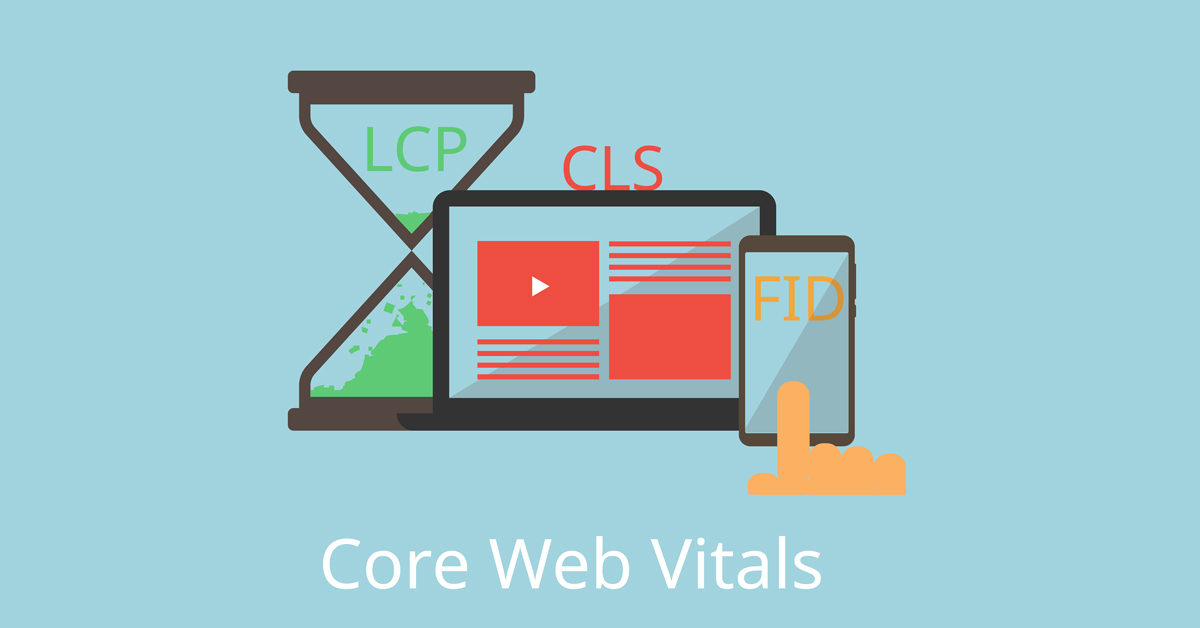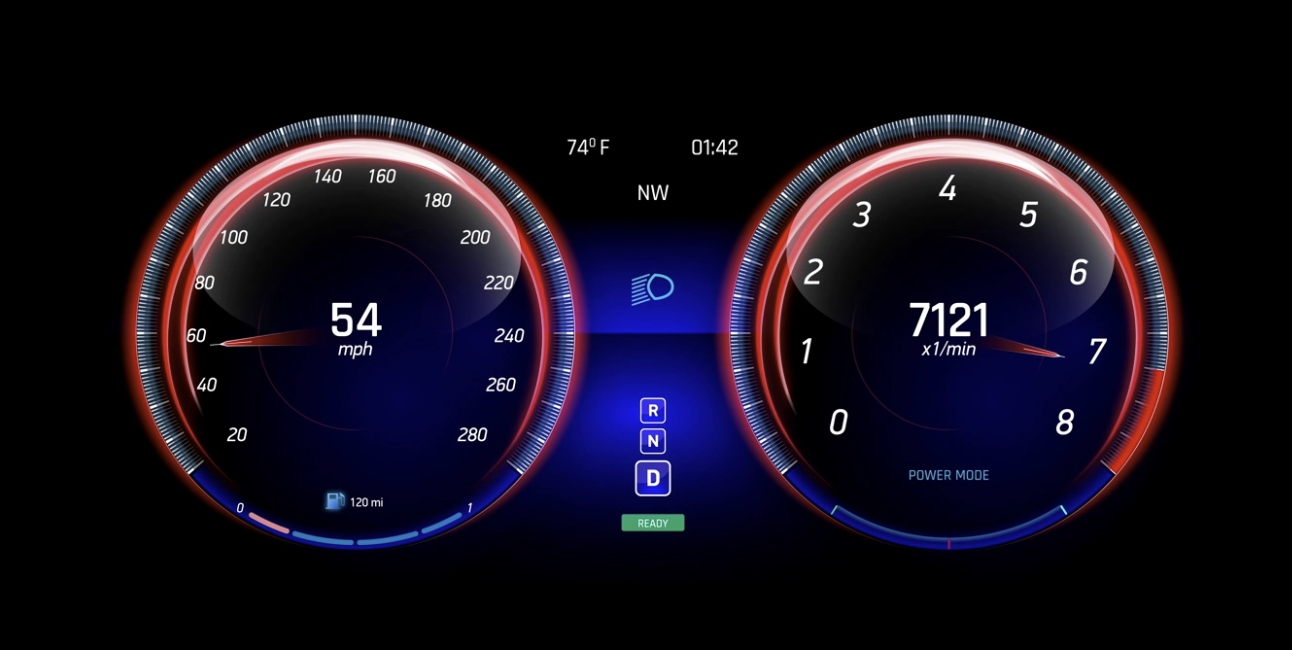
Almost everyone understands the term “vital signs.” When a doctor examines you, she’s looking for specific metrics that assess vital organs. Your blood pressure should be below 120/80, your temperature near 98.6, and so on. If your vital signs match the established baseline for the average human being, you’re considered healthy.
Now take this concept and apply it to websites and you’ll understand the gist of Google Core Vitals. Google announced the Core Vitals Initiative in mid 2020, but you’re forgiven if you may have missed it (hey, there was a pandemic going on.) But now, as the launch date of May 2021 approaches, may websites face the frightening consequences of ignoring critical site infrastructure updates.
Here’s what you need to know about Google core vitals and how your site may be impacted.
A Primer on Google Core Vitals
The new Core Vitals Initiative uses three metrics to assess websites:
- Largest Contentful Paint (LCP)
- Cumulative Layout Shift
- First Input Delay
These metrics look more closely at a website’s architecture and technical setup. Other criteria such as user experience, quality content, conversational writing, and appropriate use of keyword phrases continue to be an important part of the (secret) Google equation to determine which pages rank on the first page of search results.
Largest Contentful Paint (LCP)
There are several ‘givens’ when it comes to websites and the qualities in websites that Google values. Google’s search engine is in the business of matching a user’s inquiry with the best webpage that meets their needs. To do so, it must index millions of pages and serve them into all types of devices – smartphones, tablets, laptops, computers, you name it – within seconds of making a match between inquiry and webpage.
In the case of Google search, seconds count. One of Google’s Core Vitals is website speed. Google measures this using a metric called Largest Contentful Paint (LCP). The ideal LCP is less than 2.5 seconds.
Goodness, but that’s fast. How can you help your website be speedier than a NASCAR driver? Site speed depends on many factors including the hosting server and the framework or programming your site is built upon, but it also depends on the content uploaded on the site, too. Images can bog down your site if they aren’t sized properly, as well as video and audio files and even PDFs.
Cumulative Layout Shift
Have you ever tried to click on a link or a button on a website and you ended up somewhere else? This can happen on a smartphone if the page is resizing to the screen or if the site’s theme doesn’t support a mobile-first approach. The technical term is a cumulative layout shift, and Google has stated the ideal is 0.1 or less.
First Input Delay
First input delay measures how long it takes a website, after loading up, to become interactive. If someone clicks on a link on your site, how long does the site take to respond?
Are You Ready for Core Vitals? Contact Dashboard Interactive for Help
It may seem like Google is really picking at little things here, but little things, as we all know, really do add up. As more and more people navigate the web using smartphones and other handheld devices, the need for sites to be mobile first, not just responsive, has become paramount.
So too has the need for speed online. The new 5G network promises faster delivery speeds, but can websites keep up with them?
Only time will tell how your site will be affected by the Core Vitals Initiative, but one thing is sure – it will be affected, for good or for bad.
We can assess your website’s overall health in a site audit and provide recommendations to get the site to the “peak of health” to pass Google’s new Core Vitals Initiative. If your site is an important lead generation tool for your business, call Dashboard Interactive today to schedule a site audit with a focus on Google Core Vitals. Call 763-242-2454.

